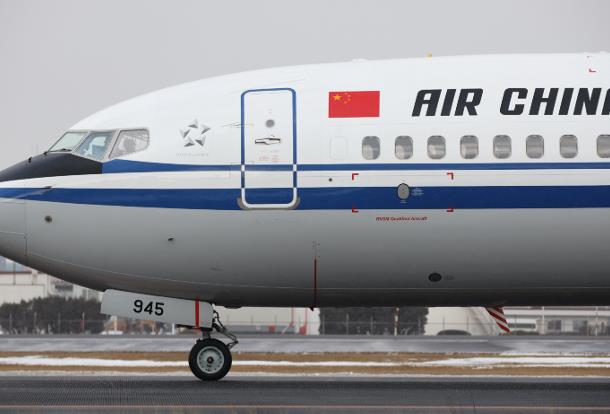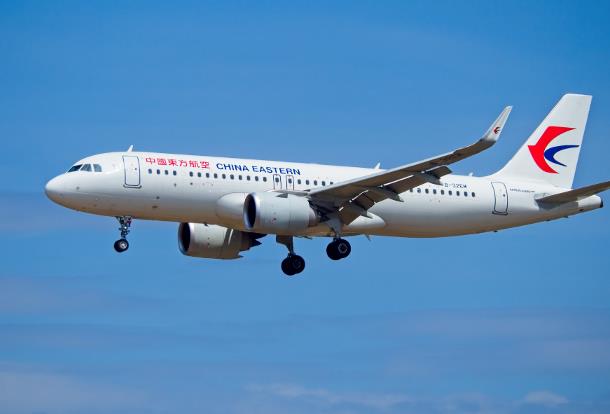The fact that Chinese carriers feature fare families on their respective international websites first is an indication of the maturity of such offering when compared with readiness of audience in China.
ChinaTravelNews, Ritesh Gupta - What is the utility of branded fares? How to go about bundling and unbundling offerings? For their part, carriers and even intermediaries, especially in the U. S. and Europe, talk about serving a leisure or business traveller appropriately through such offerings.
But when we talk of a market like China what’s the status?
As we learnt few months ago, passengers in China weren’t ready to embrace the concept of unbundling the fare and retailing of air ancillaries. In fact, there has been resistance to an extent, as discovered at Air China. So if a family is flying together it would ideally prefer multiple suitcases to be checked-in, whereas a business traveller wouldn’t find such feature a useful and rather prefer priority boarding. While there are markets where these services could be bought separately, in a market like China would one expect such practice or rather still expect everything to a part of the ticket?
A source told us airlines in China need to “create value from their air ancillary propositions”. “Carriers should offer personalised dynamic bundles of desirable ancillaries to relevant travellers,” said the source. So say a frequent business traveller might be attracted to a bundle that includes seat upgrade, lounge access and Wi-Fi connection.
Fare Families is essentially bundling fare classes with similar characteristics and using rich content to provide passengers with a clear view and comparison of the full value of each airline offer.
So how are Chinese carriers going about fare families?
“We have seen a few leading Chinese carriers adopt fare families in their (respective) international websites as first step before rolling it out to its domestic market, since western passengers tend to be more familiar with this approach,” observed Andy Yang, VP of China and Mongolia, Airline Distribution and IT, Amadeus IT Group. “For many airlines it can mean a new way of thinking. For example, an airline’s pricing and revenue management department using traditional forecast and optimisation methods may struggle with bundling: Will this dilute our revenue? What is the risk? How do revenue management solutions work with fare families?”
Clearly introducing fare families or unbundling isn’t a straight forward process. One needs to balance the equation – reaping the commercial benefits and at the same time leaving a positive impact on travellers.
Getting dynamic bundles right
“Everyone talks about personalisation and dynamic bundling. It has consumed every industry, but none more than travel. Our industry is obsessed with it,” says Yang.
Yang says dynamic bundles aim to provide a great customer experience by personalising offers tailored to each customers’ profile, booking history, preferences and stage of the buying cycle.
“Unfortunately, no-one in the travel industry is doing it overly well. It has to be about delivering to the traveller something appropriate with minimum hassle. The problem is, travellers are not ‘algorithms’ that can be solved – you and I will have different needs for each travel experience,” adds Yang.
According to Yang, to get it right:
1. Airlines first need to capture data and profile travellers using personalisation solutions – for many airlines, they don’t have the data integrity or IT to support this.
2. Then they need to have a clear commercial strategy, business logic and internal buy-in about how they plan to bundle different packages to the right people, at the right time, at the right price.
So how to go about it then?
“This is harder than it sounds, and there are regrettably few examples to learn from,” says Yang.
As for Amadeus, the organization is focused on personalisation, with a clear ambition to use smart travel intelligence to help airlines get it right. “Honestly, we still haven't solved it, but we are well along the journey,” admitted Yang.
Moving on from mere revenue maximization
As more airlines wake up to the reality that travellers today – more informed, more individualistic, more powerful, and with more choice – are in the driver’s seat, “we are seeing a shift away from focusing on merchandising solely as revenue maximisation, to a greater emphasis on creating positive ‘purchasing experiences’ that cater to individual needs,” shared Yang.
He also pointed out that for many travellers, price is no longer the only factor influencing purchasing decisions. Many will pay more for specific service offerings that meet their needs – extra leg room and ticket flexibility for example. So airlines are rushing to adapt to provide a more flexible product offering that can be better tailored to traveller needs.
“While unbundling was essentially conceived and evangelised by low cost carriers, we do see the traditional players embracing it as a way of delivering more value. However, it can create complexity in the booking process which may confuse the customer and impact trust, potentially damaging the brand. That’s where we’ve seen full service carriers bringing more maturity to merchandising, through fare families and ‘smart’ unbundling that creates value for both the customer and the airline,” says Yang, who mentioned that more than 60 airlines, including Air China and Hainan Airlines, distribute ancillary services through Amadeus connected travel agents. A further 35+ airlines are currently being implemented with Amadeus Ancillary Services, including more Chinese carriers that will be announced in due course.
Optimization
So how to make the most of bundling and unbundling?
There is no easy answer to this one, says Yang.
He says every airline will have its own strategy, business model and customer segmentation.
What’s clear is that in order to have a sustainable future, every carrier needs to have a clever retailing approach that maximises value for both the airline and the traveller. Bundling, fare families, ancillary services are all important parts of this equation.
Airlines are increasingly looking at differentiating their offers by packaging booking classes, fares and services into branded products.
Amadeus has seen sales of ancillaries through Amadeus rise by 85% for airlines that have implemented Amadeus Ancillary Services, generating average incremental revenues of 10-15% per booking.
In recent years, carriers have been adopting robust shopping solutions, such as calendar shopping, fare families and shopping basket, together with bundled offers like car rental, hotel and insurance. Equipped with advanced management tools to tailor their portal for individual visitors, airlines can cleverly increase booking conversion, grow value and enhance customers’ online experience.




